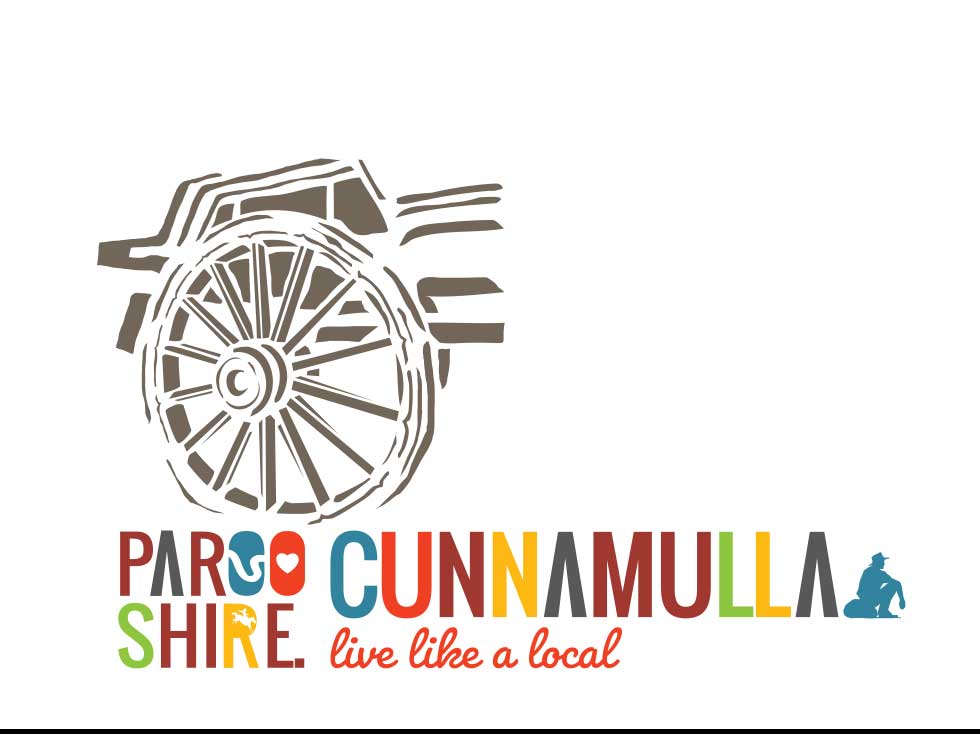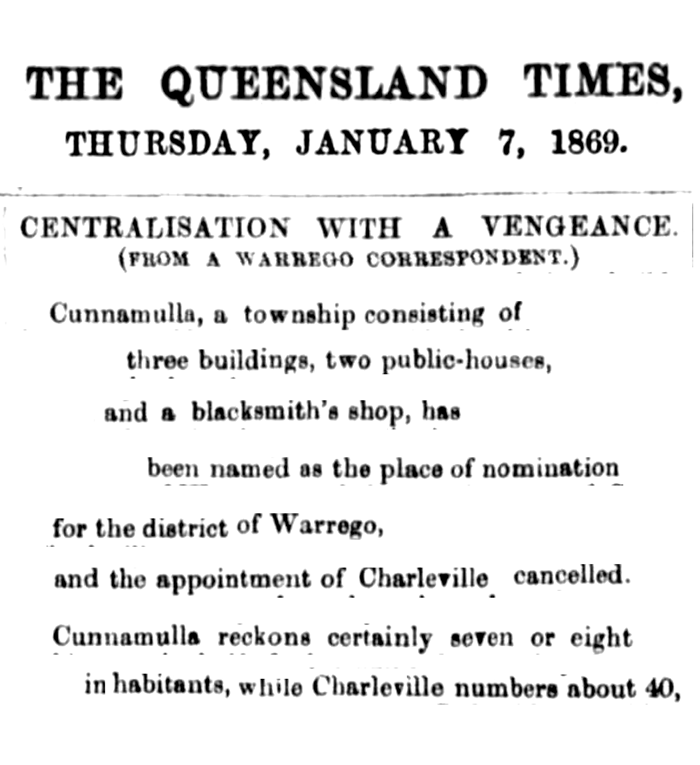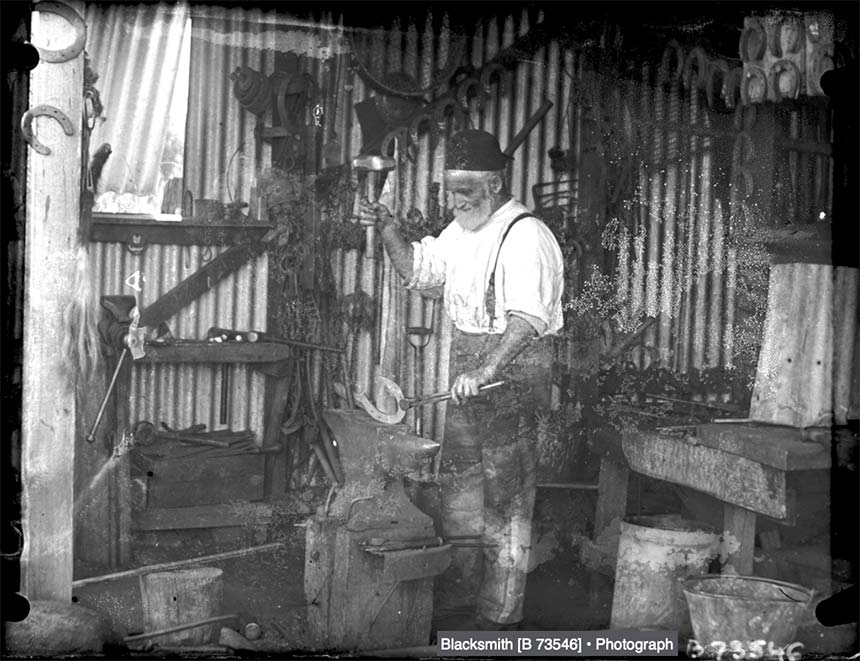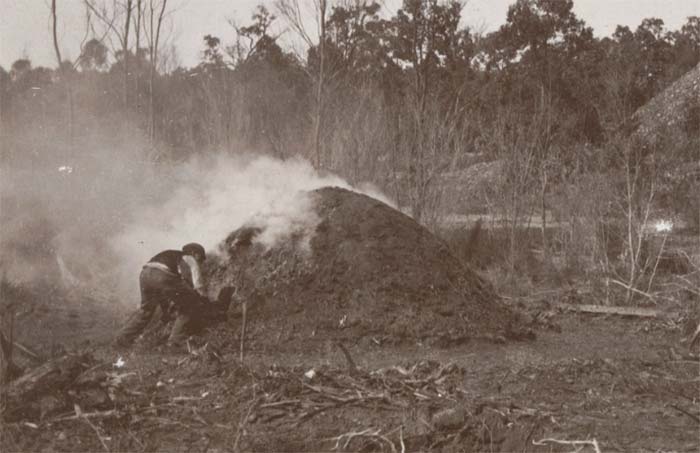

essential bush services
There can be no better indication of how essential a community service blacksmithing was than this newspaper article describing Cunnamulla at the start of 1869. Then the town had eight residents and three businesses. These comprised two pubs and the blacksmiths shop.
While we have no visual record of the town at this time, an 1880 photo of a blacksmith at work in Mt Barker in South Australia gives us a good idea of why the every town needed its blacksmith. Hoseshoes were clearly the first order of business for the bush smithy!

And indeed - with travellers coming through Cunnamulla en route to the hard stoney country to the west embracing the Paroo River and beyond, making sure your horse was well shod and didn't go lame on you was a vital part of your preparations.
local charcoal
One interesting thing about pioneering blacksmiths working in such remote locations is that they would have needed to be very much the 'jack of all trades'. This relates not just to their skill at the anvil, but also at the forge to ensure they could get the hot fires burning that were essential for their work.
To do this the blacksmith needed charcoal - the traditional fuel of a blacksmith's forge and other applications where an intense heat is required. Charcoal is made by piling wooden logs leaning in a circle against a chimney. The chimney consists of 4 wooden stakes held up by some rope. The logs are completely covered with soil and straw allowing no air to enter.
It must be lit by introducing some burning fuel into the chimney; the logs burn very slowly and transform into charcoal in a period of 5 days' burning. If the soil covering gets torn or cracked by the fire, additional soil is placed on the cracks.
Once the burn is complete, the chimney is plugged to prevent air from entering. The true art of this production method is in managing the sufficient generation of heat, by combusting part of the wood material, and its transfer to wood parts in the process of being carbonised.


6. Anglican Church
8. Railway
